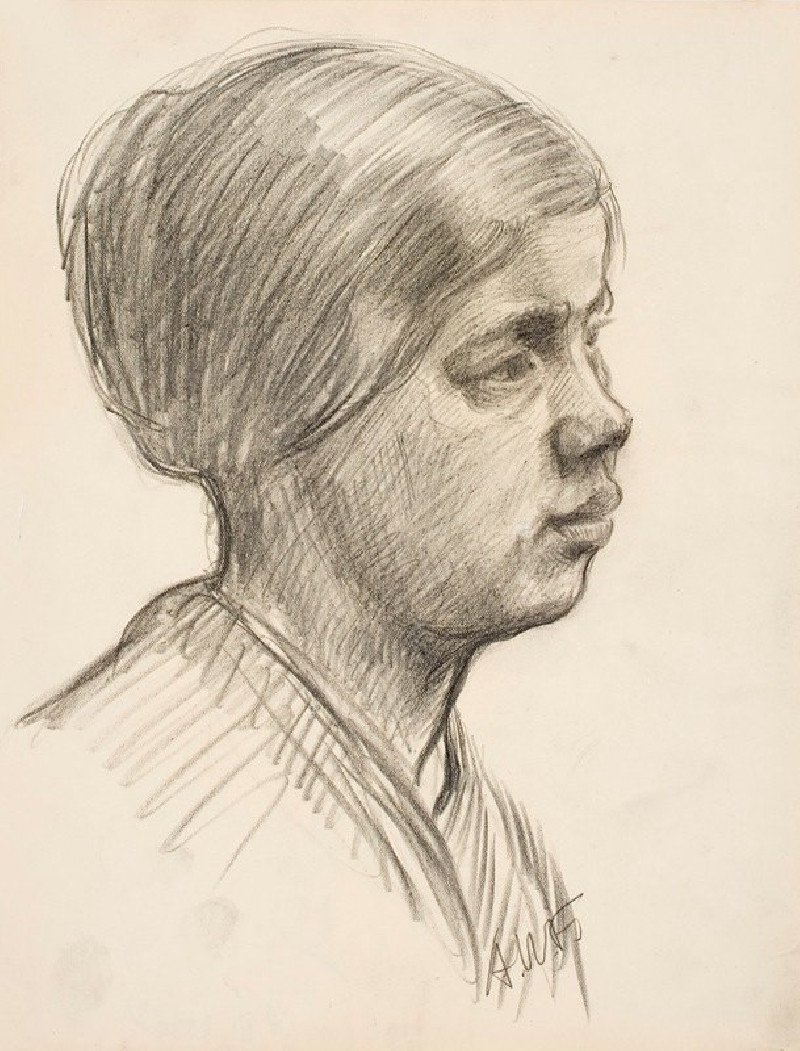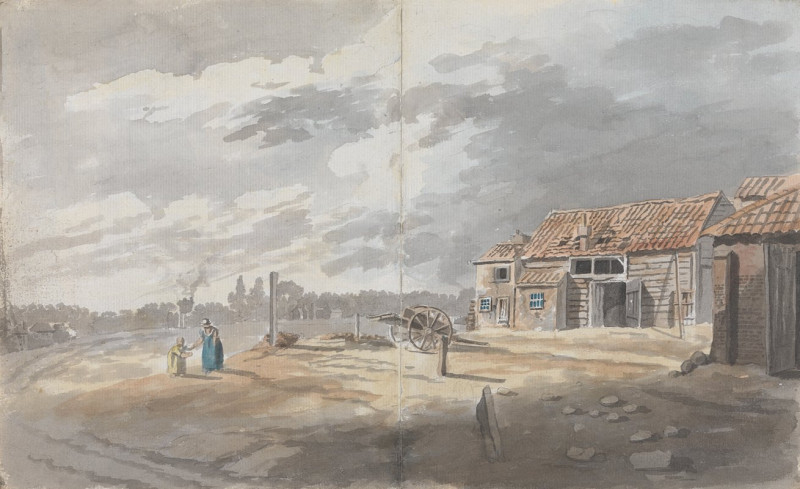Urajärven museo
More about this artwork
Delivery
Returns
Alfred William Finch (1854-1930) was a Neo-Impressionist artist born to British parents in Brussels, Belgium. His works utilized the color palette and Pointillism technique, which were shared by other significant figures of the Neo-Impressionism movement, including Paul Signac, Camille Pissarro, and Georges Seurat. Finch was among the founding members of Les XX (Les Vingt), a group of twenty artists based in Brussels that challenged antiquated and conservative artistic traditions and academism. The group held annual art exhibitions, greatly influencing the development of Neo-Impressionism. In his later years, Alfred William Finch also produced ceramics and pottery, decorated with a fusion of his familiar Neo-Impressionism, Arts and Crafts, and Belgian Art Nouveau styles. His artworks primarily portray the atmospheric beauty of nature and the countryside along the Channel coast. Alfred William Finch spent the majority of his artistic career in Helsinki, where he passed away in 1930.














































